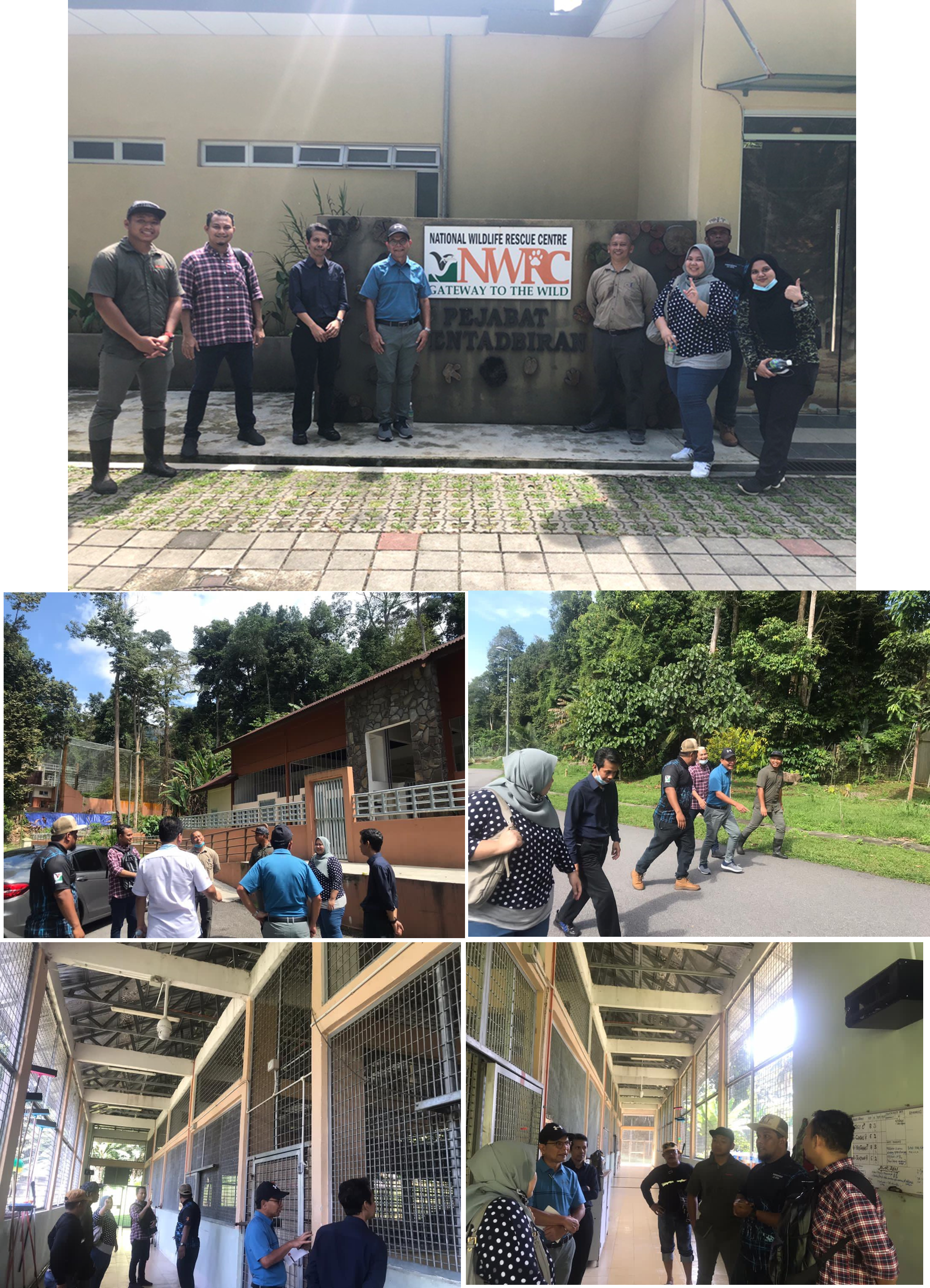Though bicycle sharing systems (BSSs) are popular in many big cities, it is necessary to actively rebalance the number of bicycles across the various ports with optimization algorithms. In a recent study, Tokyo University of Science researchers statistically analyzed the bicycle usage patterns in four real-world BSSs to obtain realistic benchmarks for testing these algorithms. Their findings can make BSS rebalancing more efficient through an understanding of the social dynamics of human movement.
Bicycle sharing systems (BSSs) are a popular transport system in many of the world’s big cities. Not only do BSSs provide a convenient and eco-friendly mode of travel, they also help reduce traffic congestion. Moreover, bicycles can be rented at one port and returned at a different port. Despite these advantages, however, BSSs cannot rely solely on its users to maintain the availability of bicycles at all ports at all times. This is because many bicycle trips only go in one direction, causing excess bicycles at some ports and a lack of bicycles in others.
This problem is generally solved by rebalancing, which involves strategically dispatching special trucks to relocate excess bicycles to other ports, where they are needed. Efficient rebalancing, however, is an optimization problem of its own, and Professor Tohru Ikeguchi and his colleagues from Tokyo University of Science, Japan, have devoted much work to finding optimal rebalancing strategies. In a study from 2021, they proposed a method for optimally rebalancing tours in a relatively short time. However, the researchers only checked the performance of their algorithm using randomly generated ports as benchmarks, which may not reflect the conditions of BSS ports in the real world.
Addressing this issue, Prof. Ikeguchi has recently led another study, together with PhD student Ms. Honami Tsushima, to find more realistic benchmarks. In their paper published in Nonlinear Theory and Its Applications, IEICE, the researchers sought to create these benchmarks by statistically analyzing the actual usage history of rented and returned bicycles in real BSSs. “Bike sharing systems could become the preferred public transport system globally in the future. It is, therefore, an important issue to address in our societies,” Prof. Ikeguchi explains.
The researchers used publicly available data from four real BSSs located in four major cities in USA: Boston, Washington DC, New York City, and Chicago. Save for Boston, these cities have over 560 ports each, for a total number of bicycles in the thousands.
First, a preliminary analysis revealed that an excess and lack of bicycles occurred across all four BSSs during all months of the year, verifying the need for active rebalancing. Next, the team sought to understand the temporal patterns of rented and returned bicycles, for which they treated the logged rent and return events as “point processes.”
The researchers independently analyzed both point processes using three approaches, namely raster plots, coefficient of variation, and local variation. Raster plots helped them find periodic usage patterns, while coefficient of variation and local variation allowed them to measure the global and local variabilities, respectively, of the random intervals between consecutive bicycle rent or return events.
The analyses of raster plots yielded useful insights about how the four BSSs were used in their respective cities. Most bicycles were used during daytime and fewer overnight, producing a periodic pattern. Interestingly, from the analyses of the local variation, the team found that usage patterns were similar between weekdays and weekends, contradicting the results of previous studies. Finally, the results indicated that the statistical characteristics of the temporal patterns of rented and returned bikes followed a Poisson process—a widely studied random distribution—only in New York City. This was an important find, given the original objective of the research team. “We can now create realistic benchmark instances whose temporal patterns of rented and returned bicycles follow the Poisson process. This, in turn, can help improve the bicycle rebalancing model we proposed in our earlier work,” explains Prof. Ikeguchi.
Overall, this study paves the way to a deeper understanding of how people use BSSs. Moreover, through further detailed analyses, it should be possible to gain insight into more complex aspects of human life, as Prof. Ikeguchi remarks: “We believe that the analysis of BSS data will lead not only to efficient bike sharing but also to a better understanding of the social dynamics of human movement.”
In any case, making BSSs a more efficient and attractive option will, hopefully, make a larger percentage of people choose the bicycle as their preferred means of transportation.
***
Reference
Title of original paper: Statistical analysis of usage history of bicycle sharing systems
Journal: Nonlinear Theory and Its Applications, IEICE
DOI: https://doi.org/10.1587/nolta.13.355
About The Tokyo University of Science
Tokyo University of Science (TUS) is a well-known and respected university, and the largest science-specialized private research university in Japan, with four campuses in central Tokyo and its suburbs and in Hokkaido. Established in 1881, the university has continually contributed to Japan’s development in science through inculcating the love for science in researchers, technicians, and educators.
With a mission of “Creating science and technology for the harmonious development of nature, human beings, and society”, TUS has undertaken a wide range of research from basic to applied science. TUS has embraced a multidisciplinary approach to research and undertaken intensive study in some of today’s most vital fields. TUS is a meritocracy where the best in science is recognized and nurtured. It is the only private university in Japan that has produced a Nobel Prize winner and the only private university in Asia to produce Nobel Prize winners within the natural sciences field.
Website: https://www.tus.ac.jp/en/mediarelations/
About Professor Tohru Ikeguchi from Tokyo University of Science
Tohru Ikeguchi received M.E. and Ph.D. degrees from Tokyo University of Science, Japan. After working for nearly a decade as Full Professor at Saitama University, Japan, he worked at Tokyo University of Science as Full Professor at the Department of Management Science from 2014 to 2016. Since then, he has been a Full Professor at the Department of Information and Computer Technology in Tokyo University of Science. His research interests include nonlinear time series analysis, computational neuroscience, application of chaotic dynamics to solving combinatorial optimization problems, and complex network theory. He has published over 230 papers and proceedings.
Funding information
This study was partially supported by JSPS KAKENHI Grant Numbers JP20H000596 and JP21H03514.





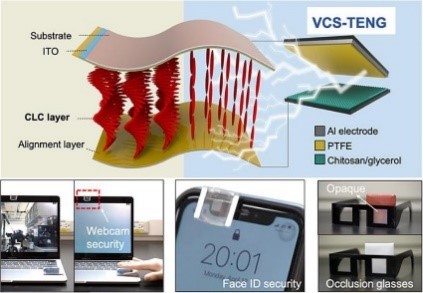
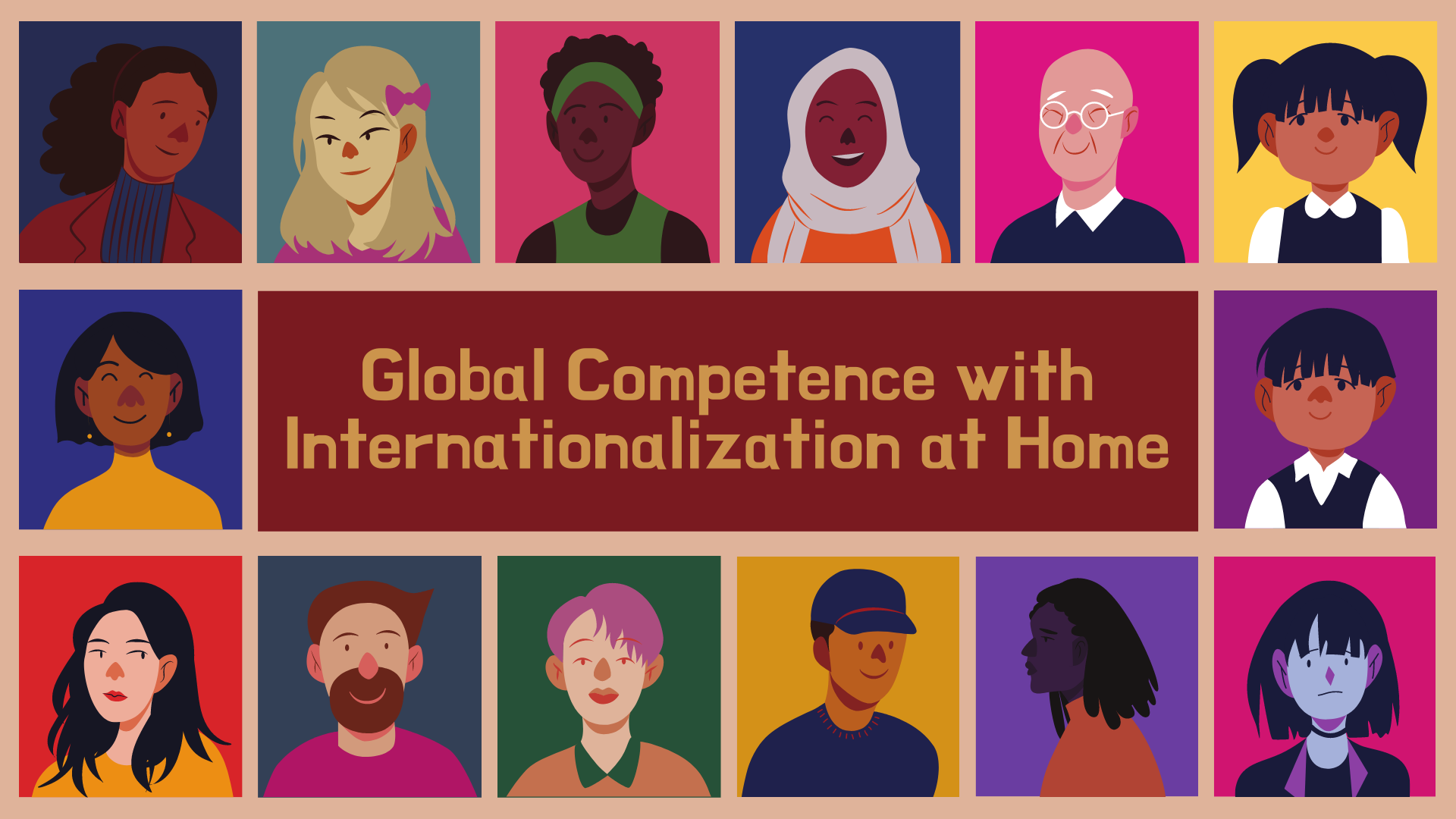
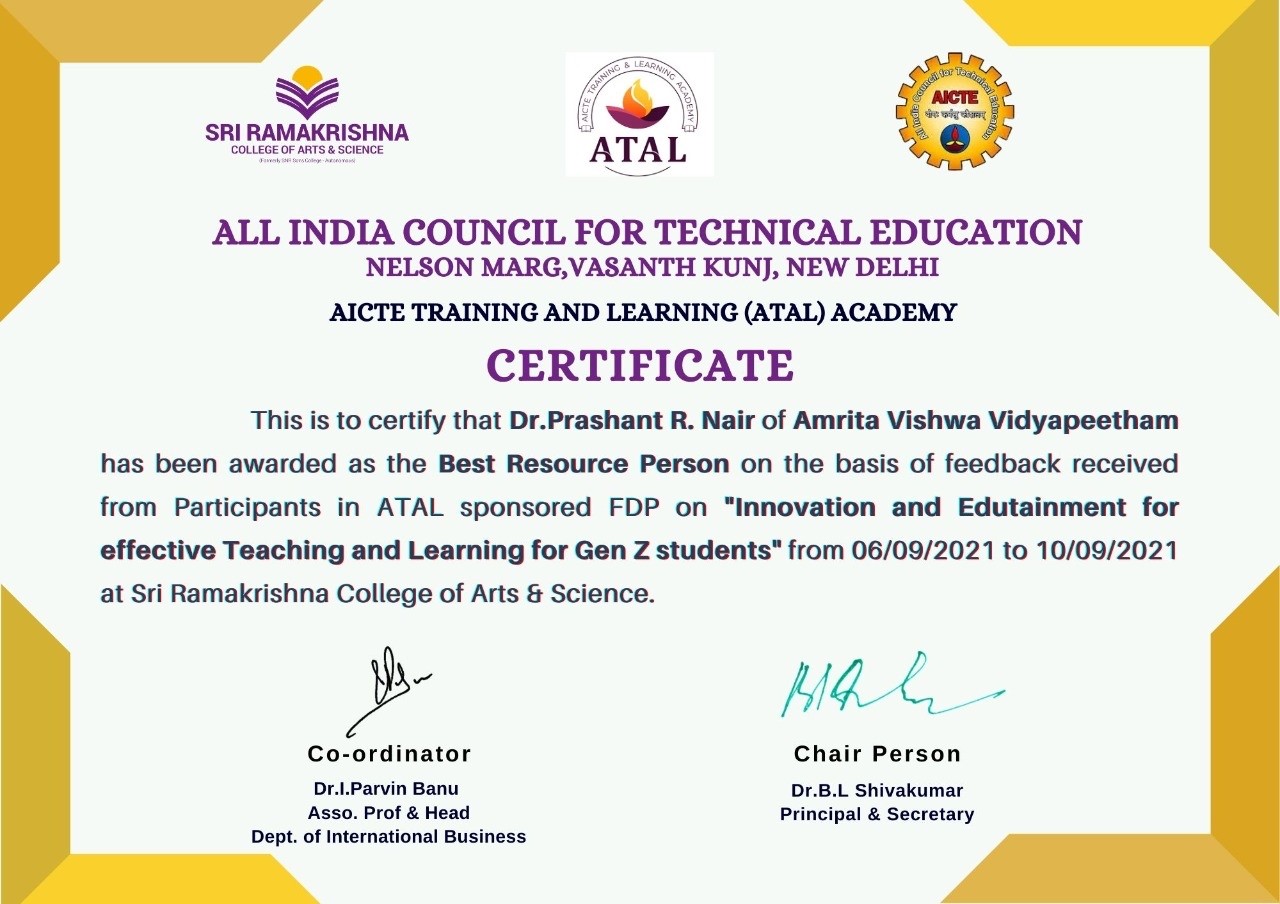
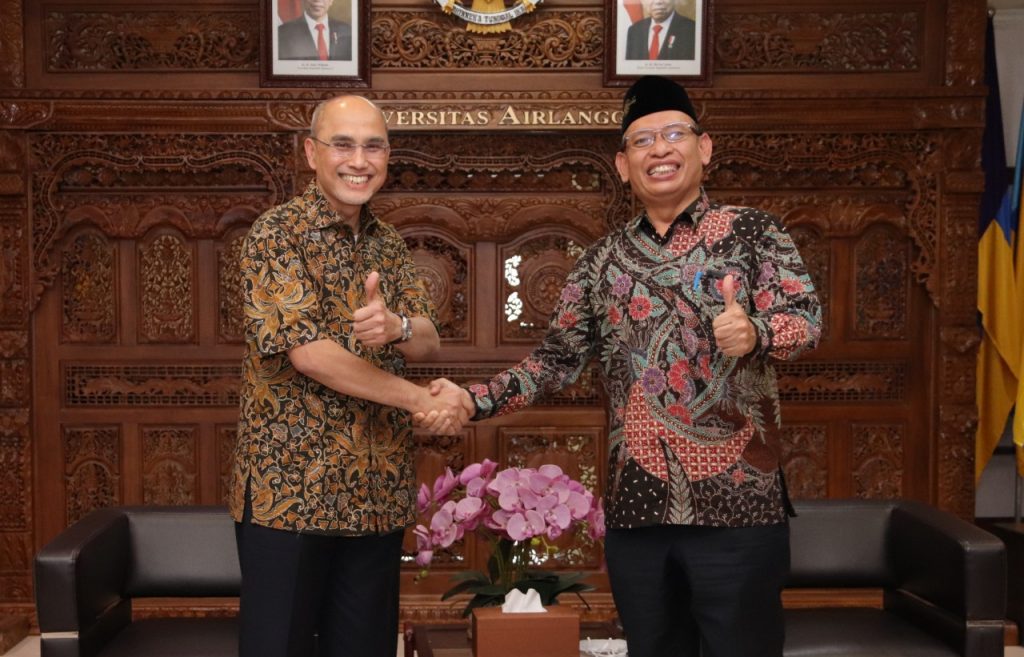

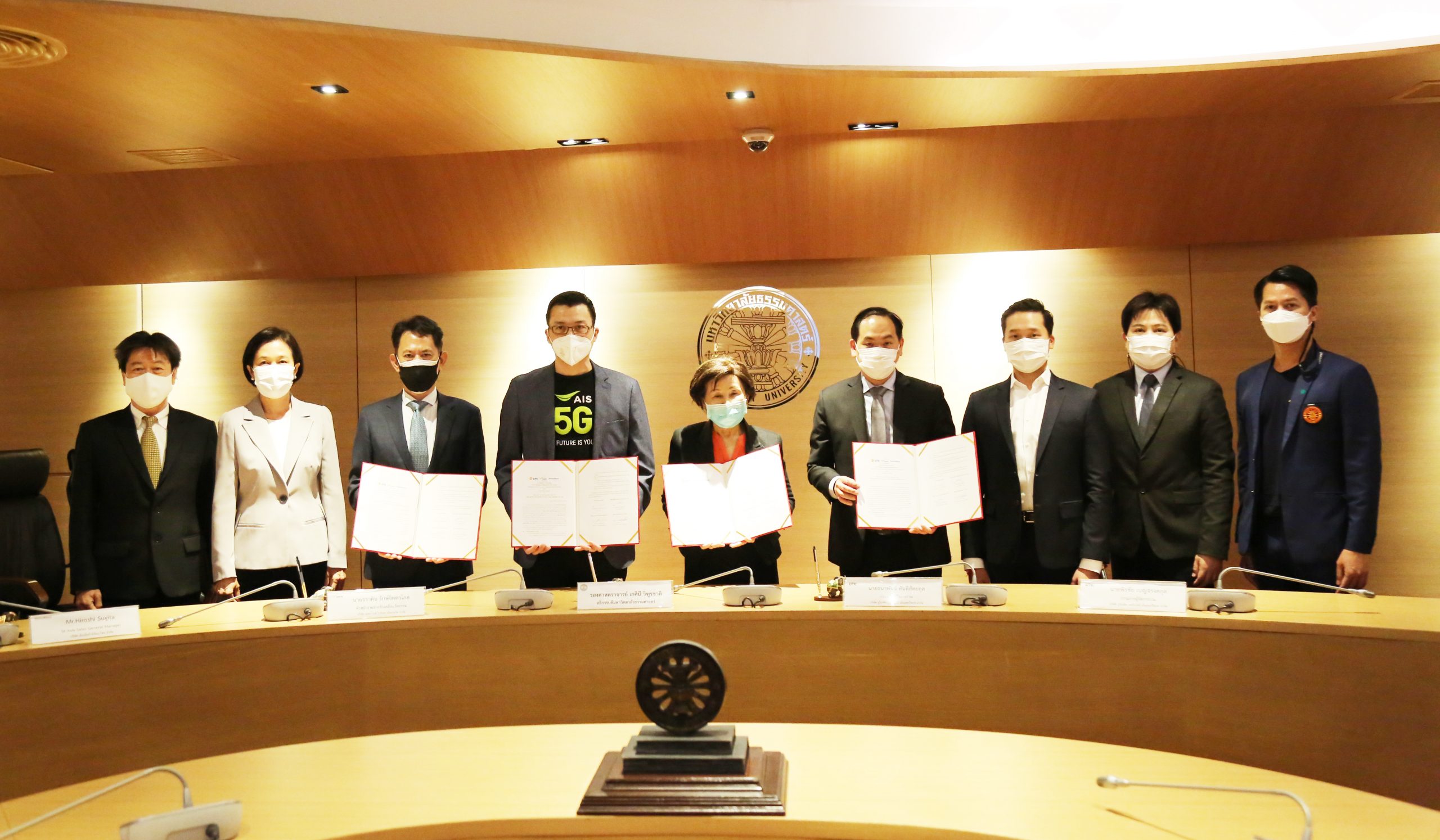
.png)
